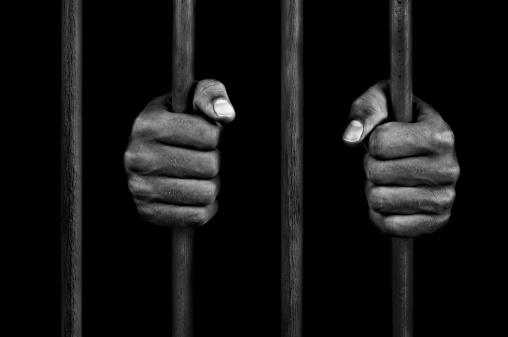NYCLU on Violent Crackdown of Pro-Palestine Protests at Columbia and City College
Civil Liberties Union

NEW YORK – The New York Civil Liberties Union released today a new report using never before released data showing how commonly solitary confinement is used to punish people in New York State prisons. The analysis reveals that the HALT Act would eliminate long-term solitary confinement for thousands of people. The proposed regulations from the Department of Corrections and Community Supervision (DOCCS) do not adequately restrict the length of solitary sentences and fail to protect some of the most vulnerable people from the harms of long-term isolation.
Trapped Inside: The Past, Present, and Future of Solitary Confinement in New York reveals exclusive data that the NYCLU obtained through a settlement in Peoples v. Annucci, a lawsuit against DOCCS which led to broad changes in disciplinary segregation. After analyzing the data of solitary confinement in New York State prisons, the NYCLU found:
When the Humane Alternatives to Solitary Confinement Act (HALT) did not pass in New York’s last legislative session, Gov. Cuomo and legislators worked with DOCCS to craft amendments to the state’s solitary confinement regulations that take some steps to reform the practice in prisons, and with the State Commission of Corrections to craft new regulations that take even smaller steps to reform solitary confinement in jails. In 2020, legislators have the opportunity to pass the HALT Act, which would go much further to transform solitary confinement in both prisons and jails across the state.
“Long-term solitary confinement is torture and can cause devastating life-long psychological and physical harm. It has no place in New York’s prisons or jails,” said Donna Lieberman, executive director of the New York Civil Liberties Union. “While the proposed regulations by DOCCS take some steps to address the issues with solitary confinement, the legislature must end all prolonged isolation by passing the HALT Act.”
The differences in the projected impact between the DOCCS regulations and the HALT ACT are stark.
“We have the opportunity to end inhumane solitary confinement practices across the state,” said Phillip Desgranges, senior staff attorney at the NYCLU. “DOCCS’ proposal is a half measure that simply will not bring New York in line with our human rights values. Through the HALT Act, the legislature has an opportunity to end the torturous practice of long-term solitary confinement, reduce the population of those in solitary by the thousands, and bring a much needed end to inhumane solitary confinement practices in the state.”
“The numerical differences alone of who would be barred from being placed in solitary confinement under HALT show that the DOCCS’ regulations are inadequate, said Michelle Shames, data and research strategist at the NYCLU. “The data underscores that with DOCCS’ proposed regulatory amendments alone, far too many people would continue to suffer immensely from the harms of solitary confinement.”
The full text of the report is available at http://nyclu.org/solitary.